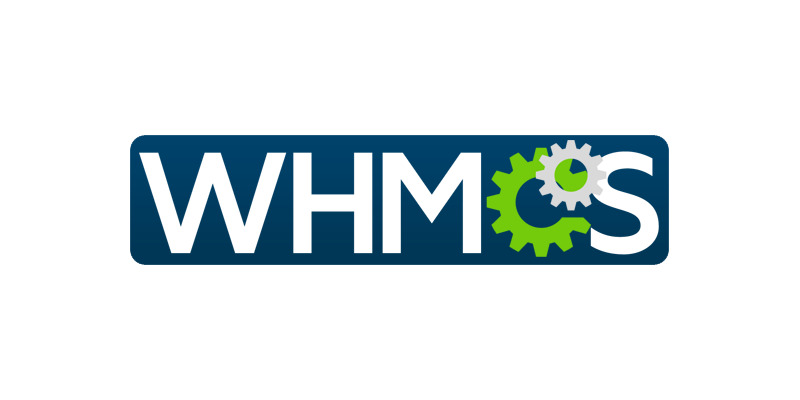Selecting the right domain name for your business is a crucial parameter that is needed to develop a successful online presence. Besides, selecting the right name, you are also required to select a suitable domain extension from the various available types.
These types of extensions are known as top-level domains (TLD). The frequently used extensions are .com, .in, .net., .org, etc.
Here, we will highlight the information about top-level domains, their type, and a brief of the most popular top-level domain names.
What’s a Top-Level Domain?
A top-level domain (TLD) is the part of a web address that comes after the dot at the end. For instance, in “google.com”, “.com” is the TLD. TLDs act like categories that help classify and organize websites.
Some of the important functions of TLDs:
- Classification: TLDs can indicate the purpose of a website. Common examples include .com for commercial sites, .org for organizations, and .edu for educational institutions.
- Branding: TLDs can also be used for branding purposes. Some companies choose country-specific TLDs (like .uk or .in) to target a particular region. There are also newer TLDs. store or. blog that can better reflect the content of a website.
- Navigation: TLDs play a role in how web browsers find websites. They help direct the user’s request to the right server.
Also Read: How to Use the WP Toolkit to Secure and Update WordPress?
Different Types of Top-Level Domain Name Extensions
There are five main categories of top-level domains (TLDs) established by the Internet Assigned Numbers Authority (IANA):
- Generic Top-Level Domains (gTLDs): These are the most common TLDs and are open for anyone to register. A few of popular gTLDs include:
.com: It stands for “commercial” and widely used TLD for businesses and organizations.
.org: It stands for “organization” and is commonly used by non-profit organizations, educational institutions, and associations.
.net: It stands for “network” and is suitable for websites related to technology and the internet. However, it is now used for a wide range of purposes.
.info: It stands for “information” and is a general-purpose TLD that can be used for any type of website.
.biz: It stands for “business” and is a good option for businesses that cannot register their desired domain name with a .com TLD.
- Sponsored Top-Level Domains (sTLDs): These TLDs are sponsored by specific organizations or communities and have registration requirements. Some examples of sTLDs include:
.edu: Stands for “education” and is specially designed for accredited educational institutions.
.gov: Stands for “government” and is restricted to government agencies.
.mil: Stands for “military” and is restricted to military organizations.
- Country Code Top-Level Domains (ccTLDs): These TLDs represent specific countries or geographical locations. For example, .us is the ccTLD for the United States, .uk is for the United Kingdom, and .in is for India.
- Infrastructure Top-Level Domain (ARPA): This is a special TLD that is used for internet infrastructure purposes. It is not used for regular websites.
- Test Top-Level Domains (tTLDs): These TLDs are used for testing purposes and are not generally available for public registration.
Read: Comprehensive Guide: What is an IPv6 Address?
Is it Possible to Change the Website TLD?
Yes, it is possible to change your website’s TLD. This process is similar to changing your entire domain name, but there are some additional considerations.
Making the Change:
- Registering the New Domain: You’ll need to register a new domain name with your desired TLD. Further, check the availability through your domain registrar or their website.
- Updating DNS Records: You’ll need to modify your Domain Name System (DNS) records to point the new domain name to your website’s hosting server. This can usually be done through your domain registrar’s control panel.
- Redirecting Traffic (Important): To minimize disruption and maintain SEO benefits, it’s crucial to set up redirects from your old domain to the new one. This ensures visitors trying to access your old website address are automatically directed to the new one.
- For example 301 Redirect: This is a permanent redirect signal to search engines that the old address has moved permanently.
Things to Consider Before Changing TLD:
- Impact on SEO: Changing your TLD can potentially affect your website’s search engine ranking, especially if you don’t implement proper redirects. The quality of your content remains the most important factor for SEO, but the switch can cause a temporary dip in traffic while search engines adjust.
- Brand Recognition: If your current TLD is well-established as part of your brand identity, changing it might confuse your audience. Consider if the benefits of the new TLD outweigh the potential drawbacks.
- Cost: There may be a cost associated with registering the new domain name, depending on the TLD you choose.
Overall, changing your website’s TLD is achievable, but it’s a decision that requires careful planning and execution to ensure a smooth transition.
Stats of the Most Popular Top-Level Domains
By Registration Numbers (as of December 2023):
- .com: Stands for “commercial” and is the undisputed leader with over 273 million registered domains, accounting for roughly 36.44% of the total. This dominance likely stems from its historical significance and association with general businesses and websites.
- .cn: The country code TLD for China (.cn) comes in second with over 31 million domains (around 4.25%). China’s massive internet user base contributes significantly to this number.
- .tk: This is a free or very cheap domain name provider that has over 27 million registered domains (approximately 3.67%). Keep in mind that a high number of registrations doesn’t necessarily translate to active and well-maintained websites.
- .de: The country code TLD for Germany (.de) holds a strong position with over 25 million domains (around 3.44%). Germany is a major player in the European internet landscape.
- .net: Originally intended for network-related sites, .net has over 23 million domains (roughly 3.08%). It’s now used for various purposes.
By Usage Statistics (as of December 2023):
- .com: Maintains its dominance with nearly 44.8% of all websites using this TLD. This signifies its widespread adoption for commercial ventures and general use.
- .org: Stands for “organization” and holds a significant share with around 4.5% of websites. Non-profit organizations, educational institutions, and associations commonly use this TLD.
- The gap between .com and other TLDs is significant in terms of website usage, highlighting the dominance of .com
Read: Which Web Server to Use for WordPress?
Take Away
This article has given a clear picture of the Top-level domain. Now, you want to register a top-level domain extension with Hostripples.
Also, you’ll get a domain name for free included in your web hosting plans. Select the type of TLD as per your needs, offer credibility to your business, and boost the SEO rankings.


